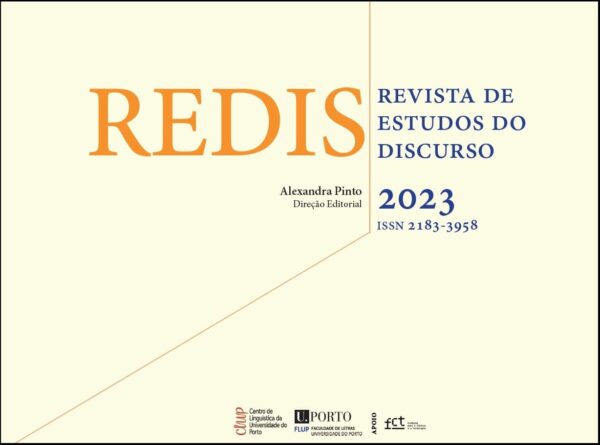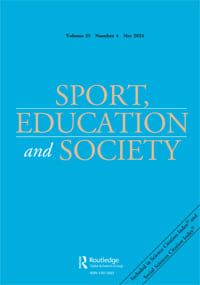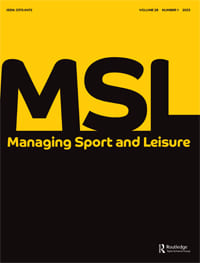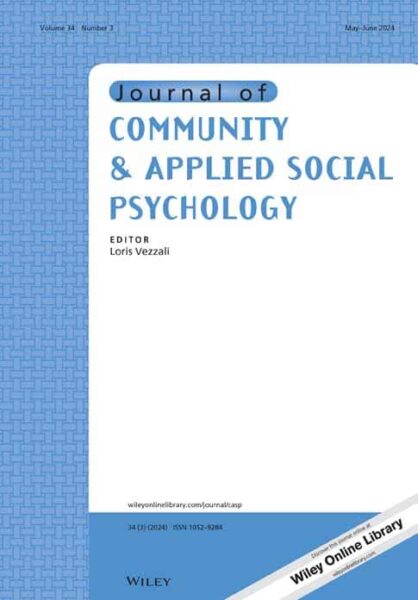Aim: To explore the short-term effects of accidental head impacts and repetitive headers on circulating microRNAs, accounting for the effects of high-intensity exercise alone. Methods: Blood samples were collected from professional soccer players at rest. Repeat samples were drawn 1 h and 12 h after three conditions: (1) accidental head impacts in a match, (2) repetitive headers during training, and (3) high-intensity exercise. 89 samples were screened to detect microRNAs expressed after each exposure. Identified microRNAs were then validated in 98 samples to determine consistently deregulated microRNAs. Deregulated microRNAs were further explored using bioinformatics to identify target genes and characterize their involvement in biological pathways. Results: Accidental head impacts led to deregulation of eight microRNAs that were unaffected by high- intensity exercise; target genes were linked to 12 specific signaling pathways, primarily regulating k chromatin organization, Hedgehog and Wnt signaling. Repetitive headers led to deregulation of six microRNAs that were unaffected by high-intensity exercise; target genes were linked to one specific signaling pathway (TGF-β). High-intensity exercise led to deregulation of seven microRNAs; target genes were linked to 31 specific signaling pathways. Conclusion: We identified microRNAs specific to accidental head impacts and repetitive headers in soccer, potentially being useful as brain injury biomarkers.
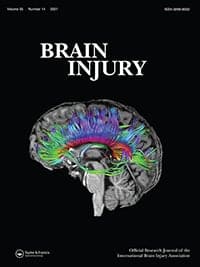
Changes in circulating microRNAs following head impacts in soccer
Stian Bahr Sandmo, Katarina Matyasova, Peter Filipcik, Martin Cente, Inga Katharina Koerte, Ofer Pasternak, Thor Einar Andersen, Truls Martin Straume-Næsheim, Roald Bahr, Igor Jurisica
2022
p. 1-12
Arquivos
Abstract
Referência
SANDMO, Stian Bahr; MATYASOVA, Katarina; FILIPCIK, Peter; CENTE, Martin; KOERTE, Inga Katharina; PASTERNAK, Ofer; ANDERSEN, Thor Einar; STRAUME-NæSHEIM, Truls Martin; BAHR, Roald; JURISICA, Igor. Changes in circulating microRNAs following head impacts in soccer. Brain Injury. London, p. 1-12, 2022.Leituras recomendadas
-

Racismo, ressentimento e resistência: o baile de Vinicius Junior sobre o recalque espanhol
Gustavo Amaral Coimbra, Kátia Menezes de Sousa -

Sexism, abuse and threatening behaviour: experiences of women football referees in amateur and semi-professional men’s football in the UK
Laura Gubby, Shannon Martin -

Using composite performance variables to explain football players’ market values
Christer Thrane -

Football hooliganism: comparing self-awareness and social identity theory explanations
Alain Van Hiel, Lobke Hautman, Ilse Cornelis, Barbara De Clercq


